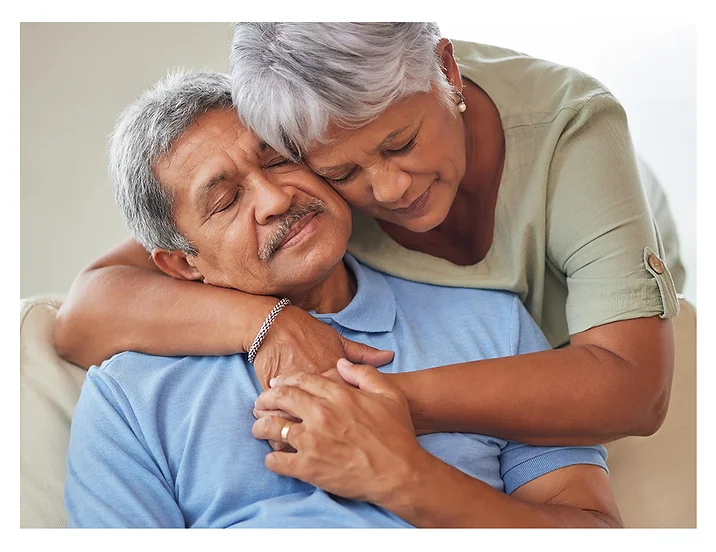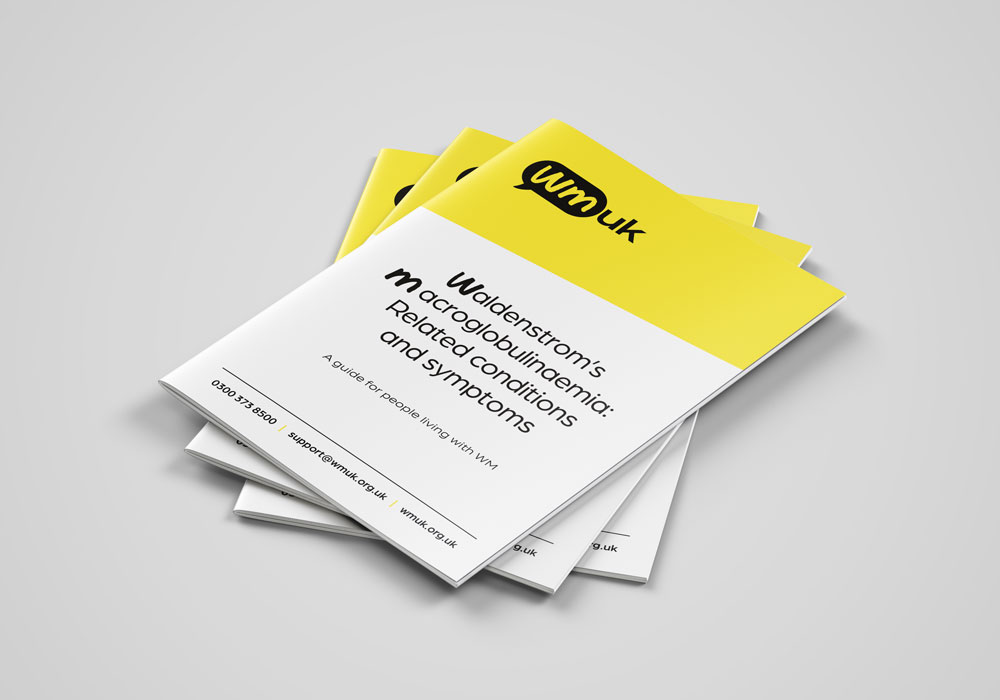The aim of having treatment is to reduce the amount of cells that cause Waldenstrom’s macroglobulinaemia in your body, to help get rid of WM symptoms and make you feel better. Waldenstrom’s macroglobulinaemia, however, cannot be completely cured. This means there isn’t a treatment that will kill every cancer cell in your body.
When treatment finishes, most people go into what is called ‘remission’. This is where their blood tests show no, or reduced amounts, of the abnormal IgM protein, and their symptoms are reduced or have gone away.
This period of remission can last for months, years or even decades, because Waldenstrom’s macroglobulinaemia is a slow-growing cancer and it takes the cells time to rebuild to the levels that cause symptoms. During this time, you’ll be on active monitoring, where you’ll regularly see your healthcare team for check-ups.
At these check-ups, you might be told that the cells causing WM have grown to a point that your healthcare team can see that it is getting worse, for example the levels of abnormal IgM are increasing. This is called ‘relapse’. The news may come as a surprise, although many people feel their WM symptoms coming back and might already feel unwell.
Sometimes, your healthcare team might see the signs of relapse or progression in your blood results before you start to feel unwell. This does not necessarily mean that you will need to start treatment again straight away. Your healthcare team will do as they did previously, and take your symptoms, blood tests and all the investigations into account to decide when the right time is to have further treatment.
If you think your symptoms are returning, or have developed new symptoms, you should speak to your healthcare team as this might be a sign your Waldenstrom’s macroglobulinaemia has relapsed.
The treatment you’re offered when Waldenstrom’s macroglobulinaemia comes back is called ‘second-line’ treatment (or ‘third-line’ if you are having treatment for a third time). What treatment is offered to you depends on different factors:
Types of treatment that are available to people with Waldenstrom’s macroglobulinaemia in the UK as second-line treatments are:



Your doctor should always look into available clinical trials. If you’re interested in taking part in a clinical trial, you should speak to them about your options, and what is involved.
Clinical trials have strict eligibility criteria, meaning that not everyone can join them. It might be disappointing to hear that you can’t join a trial, but unfortunately there’s nothing you or your doctor can do if you are turned down.
You can read more about clinical trials, how to find them, join them, and what’s involved in being in one below.
For most people, there is a suitable second-line treatment available. However, treatment options are currently limited for Waldenstrom’s macroglobulinaemia, and you may be told that there aren’t any suitable treatments available for you. This can be really difficult to hear, and we have more information and support about when treatment comes to an end below.




Download the WMUK guide to Understanding Related Conditions and Symptoms of Waldenström’s Macroglobulinaemia